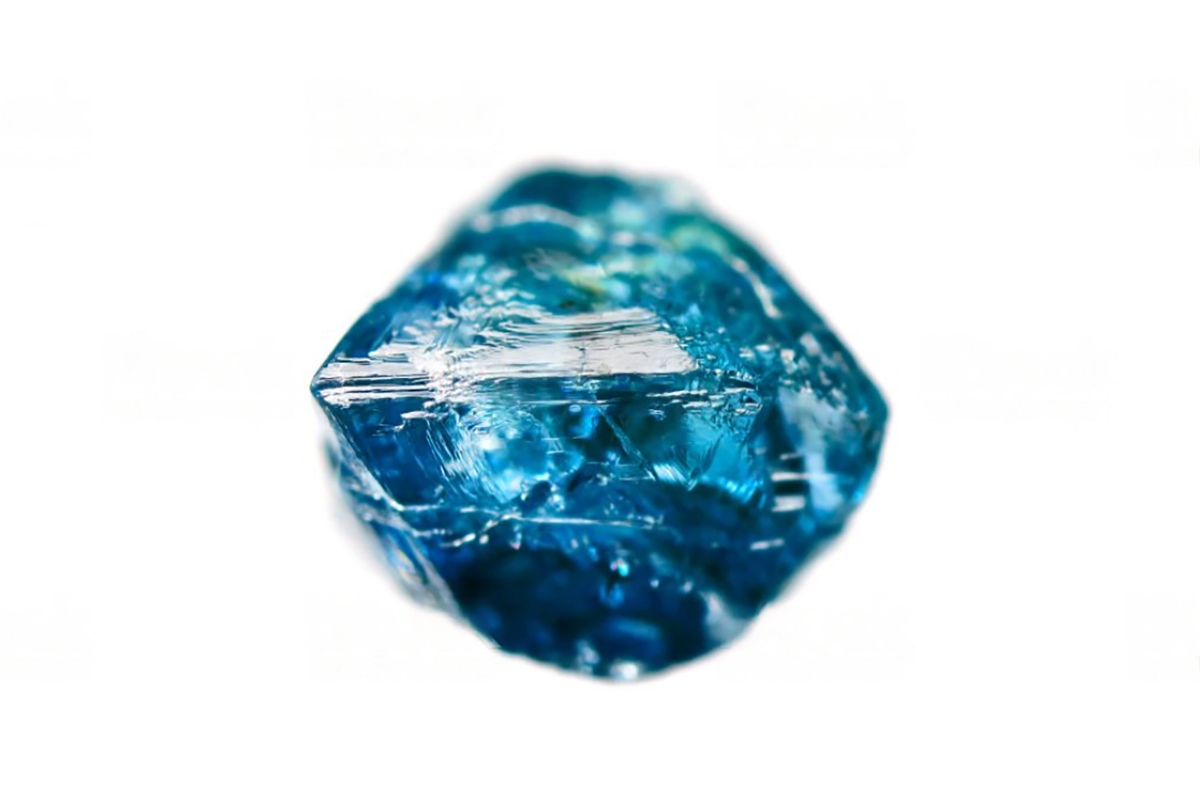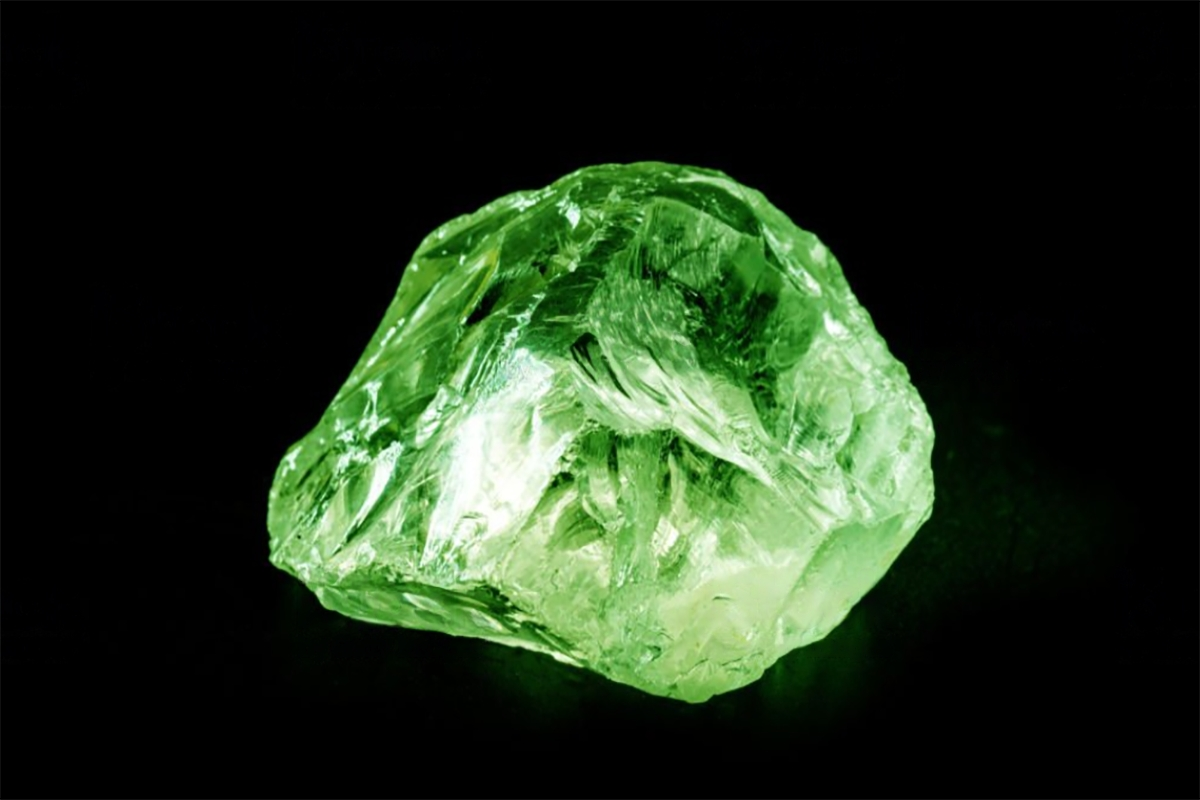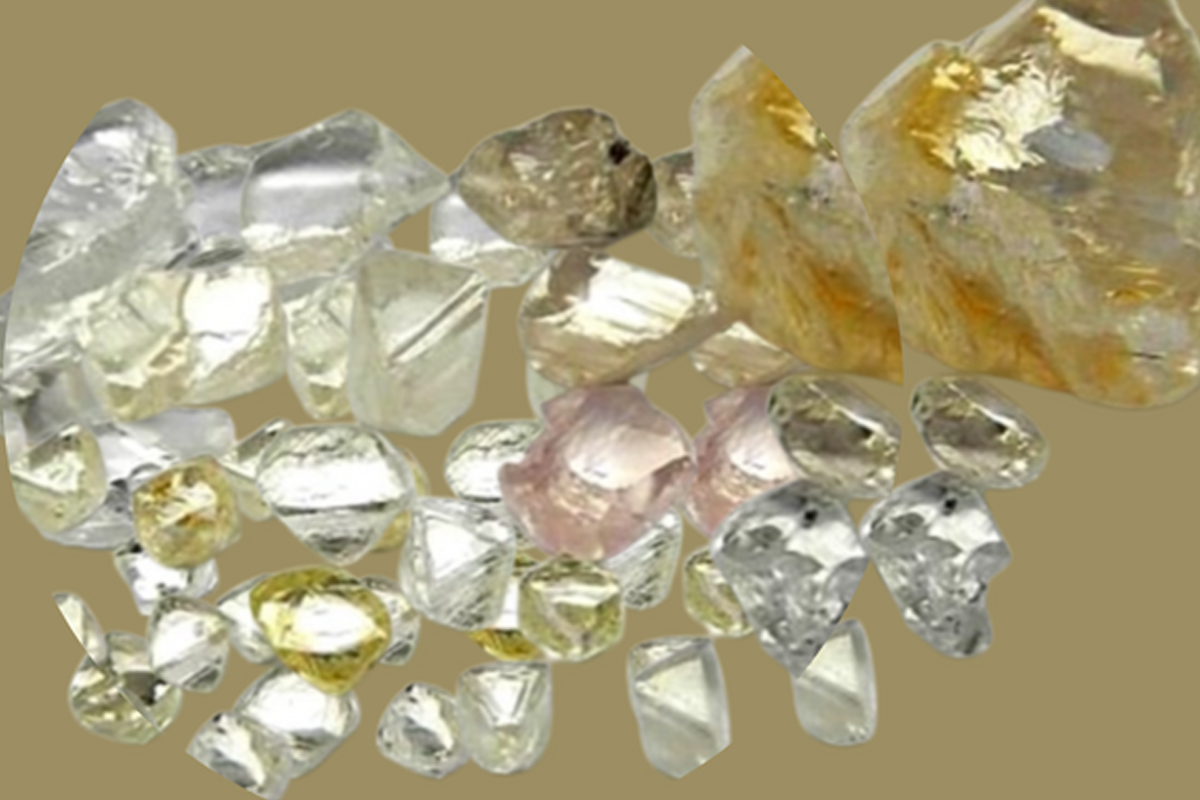
The Elegance Of Rough Diamonds
Diamonds are a symbol of beauty, elegance, and luxury. These precious gems are one of the most sought-after items in the world. While most people are familiar with the sparkling, flawless diamonds that adorn engagement rings and other jewelry, there is another type of diamond that is just as captivating – the rough diamond.
Rough diamonds are uncut, unpolished stones that have not yet been shaped into the brilliant, sparkling gems that we are accustomed to seeing. Instead, rough diamonds have a raw, natural beauty that is uniquely their own. These stones come in a variety of shapes, sizes, and colors, each with its own distinct character.
Exploring the raw beauty of rough diamonds is a fascinating experience. When you hold a rough diamond in your hand, you can feel the power and energy that emanates from it. The rough surface of the stone tells a story of its formation deep within the earth, and the journey it took to arrive at the surface.
One of the most intriguing aspects of rough diamonds is their natural color. While most people associate diamonds with a clear, colorless appearance, rough diamonds can be found in a range of colors, from pale yellows and pinks to rich browns and greens. These colors are caused by trace elements that were present when the diamond was formed, giving each stone a unique and distinctive hue.
Another interesting feature of rough diamonds is their shape. Unlike cut diamonds, which are often shaped into a round or square shape for maximum sparkle, rough diamonds come in a variety of organic shapes that reflect their natural formation. Some rough diamonds are long and thin, while others are jagged and irregular. Each stone is a one-of-a-kind creation, shaped by the forces of nature.
Colors Of Rough Diamonds
Rough diamonds come in a range of colors, including white, yellow, brown, pink, blue, green, orange, and red. The color of a rough diamond is determined by the presence of trace elements and structural defects within the crystal lattice.
The Gemological Institute of America (GIA) has developed a color grading system for diamonds, which is widely recognized in the industry. The GIA color grading system uses letters to describe the range of colors in diamonds, with D being the highest grade and Z being the lowest.
In the case of rough diamonds, the color grading is often less precise, as the natural shape and surface of the rough diamond can make it difficult to assess the exact color. However, rough diamonds can still be described using a similar color grading system, with variations in color intensity and hue taken into account.


The Quality Of Rough Diamonds
The quality of rough diamonds is determined by a number of factors, including its clarity, color, size, shape, and the presence of any internal or external flaws. These factors are used to assess the value and potential of the rough diamond for cutting and polishing into a finished diamond.
The clarity of a rough diamond refers to the presence of internal inclusions or external blemishes, which can affect the diamond’s ability to reflect light and its overall appearance. The clarity is usually graded on a scale from Internally Flawless (IF) to Included (I3).
The color of a rough diamond is determined by the presence of trace elements and structural defects within the crystal lattice, and can range from white to yellow, brown, pink, blue, green, orange, and red. The color is typically graded on a scale from D (colorless) to Z (light yellow).
